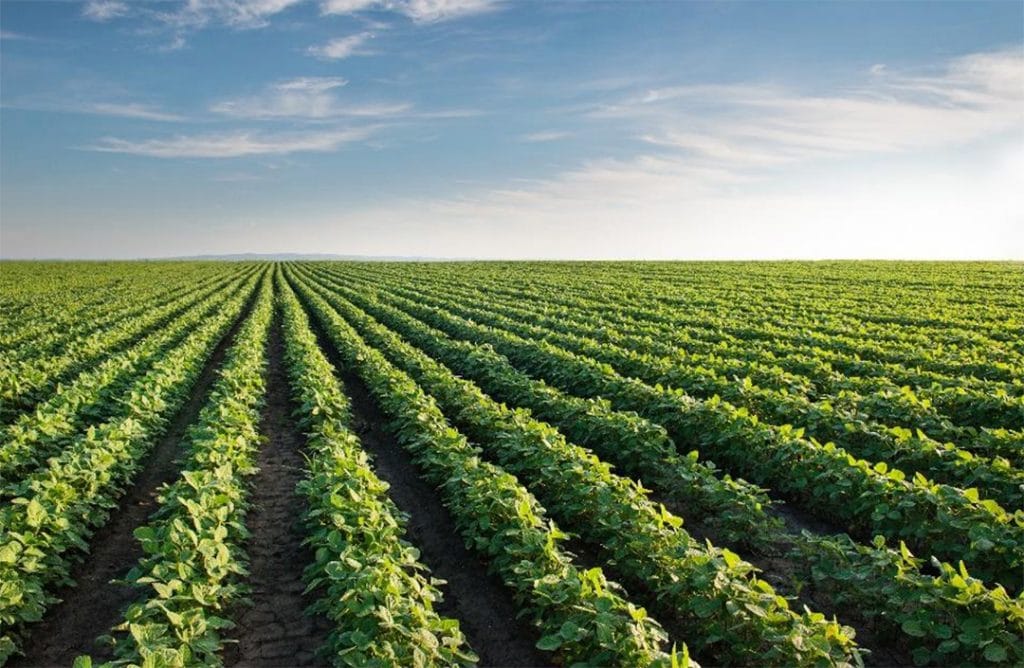Weed control is a routine task undertaken by almost everyone who manages land where plants are growing. From the homeowner who battles weeds in a lawn, a farmer who must control weeds in crops, to land and water managers who must confront a variety of vegetation management scenarios. To all of these individuals, postemergence spraying is by far the most valuable tool for controlling unwanted plants.
What is postemergence spraying?
Postemergence refers to the stage in plant growth that occurs between the emergence of a seedling and the maturity of the plant. It is distinguished from the preemergence stage which occurs before emergence of seedlings above the ground.
Postemergence spraying is done after the crop, weed, or both have emerged and refers to applying herbicide during the postemergence stages of unwanted or weedy plants. In postemergence spraying, herbicides are typically applied to plant foliage, but they can also be applied to soil.
Herbicide classification
Foliar herbicides can be classified based on which pathway the herbicide enters the plant (contact or translocated), and whether the herbicide is selective or nonselective.
- Contact foliar herbicide
- Nonselective – this class of herbicide will kill plants by contact with little or no translocation to other parts of the plant. For example, paraquat.
- Selective – this class of herbicide will kill plants by contact with little or no translocation to other parts of the plant. However, due to differences in plants, certain crops and weeds are not injured.
2. Translocated foliar herbicide
- Nonselective – this class of herbicide will be absorbed and translocated throughout the plant when applied. However, because they are nonselective, they can kill both crops and weeds. For example, glyphosate.
- Selective – this class of herbicide will be absorbed and translocated throughout the plant when applied. However, due to differences in plants, certain crops and weeds are not injured. For example, 2,4-D.
Now that you understand the differences among foliar herbicides, selecting the best one and preparing the spray mixture to provide good results will be the next step.
Postemergence spraying mixtures
To achieve the best results, an appropriate postemergence spray mixture needs to be prepared. The goal is to get good coverage of the target pest followed by retention of pesticide spray on the pest. Good retention will enable both contact herbicides to act and translocated herbicides to penetrate plant leaf surfaces.
- To achieve good coverage of target pests:
- An adjuvant that reduces the surface tension of water to enhance wetting and spreading on plant surfaces should be added to the spray mixture.
- For pesticide spray to be retained long enough to penetrate plant surfaces:
- An adjuvant that enhances breakdown of plant surface waxes to allow pesticides to enter the plant should be added to the spray mixture.
- In addition, you may require the use of a:
- Thickening agent to prevent pesticide spray from drifting from the target pest.
- Water conditioning agent to counter hard water minerals that would otherwise reduce the effectiveness of the pesticide spray.
- Buffering agent to increase the dispersion and solubility of a pesticide when the water used to prepare the pesticide spray mixture is extremely alkaline or acidic.
Helpful information when using postemergence herbicide
Knowledge of when to apply postemergence herbicides is essential for successful control of the target pest. Some helpful information includes:
- The exact time for postemergence spray applications varies with the crop, the herbicide, and the weed.
- Nonselective postemergence herbicides kill all plants when applied at the right rate.
- Herbicide selectivity is a function of rate. This means if you apply a really high rate of a selective, you may kill all plants.
- Herbicide selectivity is based on many factors, including:
- Plant age and stage of growth
- Plant morphology
- Absorption of herbicide
- Translocation of herbicide
- Type of treatment – broadcast, banded, or other type
- Time and method of application
- Herbicide formulation
- Environmental conditions
Choosing the right postemergence herbicide
- Postemergence herbicides often provide inconsistent control of target weeds because they are affected by environmental conditions. It is not possible to predict the impact of environmental effects, therefore one must think carefully about what postemergence herbicide to use, when to use it, and how much to use.
- Reading and understanding instruction on the pesticide label will help ensure that the postemergence pesticide spray is mixed properly to provide the best control of the target pest.
Further Reading
- Pesticide Safety: 10 Things That Must be on a Pesticide Label
- Everything You Need to Know About Agricultural Wetting Agents
- Optimizing the Performance of Weak Acid Herbicides
- Adjuvants 101: Understanding What is in Your Tank
- Use of Silicone Adjuvant in Agriculture
- Sun Wet Surfactant – Getting the Best Postemergence Weed Control with Herbicides
- Brewer 90-10 Surfactant for Excellent Vegetation Management
- I’Vod – A Superior Spray Drift Control Adjuvant
References
Bohmont, B.L. 2007. The Standard Pesticide User’s Guide – 7th Ed. Pearson Prentice Hall. Pp. 181-200.
Zimdahl, R.L. 2007. Fundamentals of Weed Science – 3rd Ed. Elsevier. Pp. 357-394.
Brewer International has been a leader in land and water chemistry since the 1980’s and for over 40 years has proudly served it’s national and regional distributors.
Our products are used widely across the United States in agriculture, aquatics, forestry, rights of way, and land management.
Our customers trust our dedication to quality ingredients, tried and true formulas, and positive outcomes.



